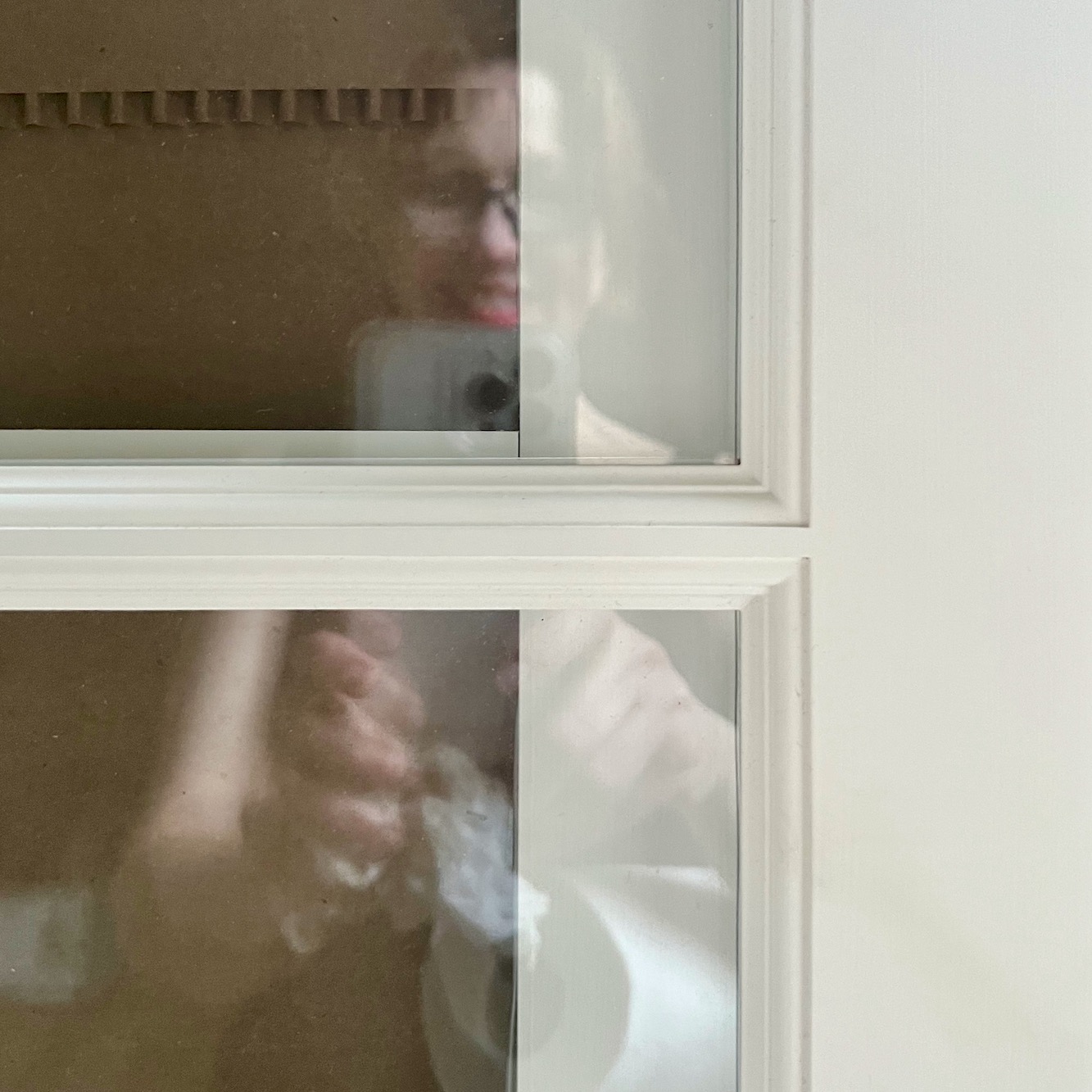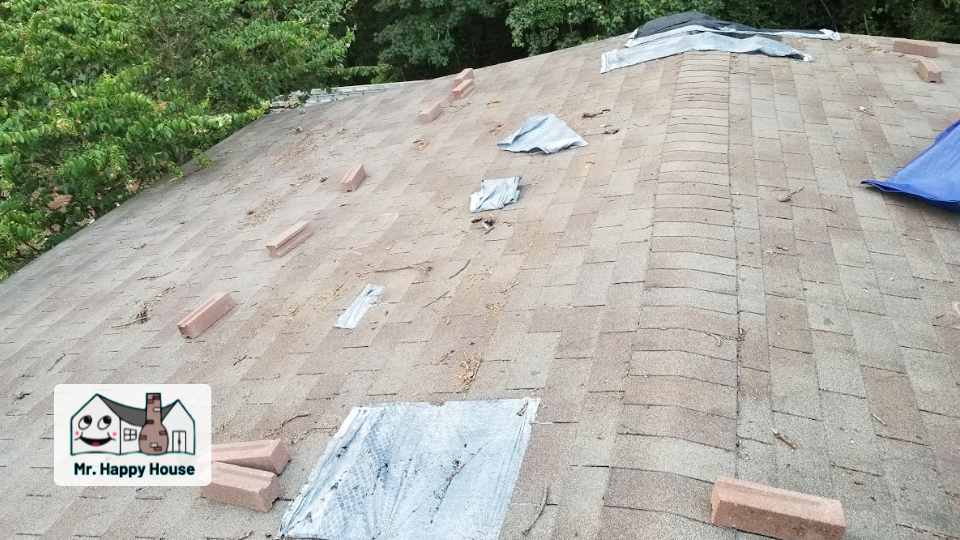In the world of materials, some innovations are so remarkable that they leave a lasting impact on various industries. One such innovation is Tyvek, a versatile material that has revolutionized everything from construction to medical packaging. In this article, we’ll dive into the history of Tyvek, explore what it is, and unravel the science behind its incredible properties.
The Birth of Tyvek
Tyvek is a brand name for a synthetic material created by the company DuPont (now known as DuPont de Nemours, Inc.). It was first developed in the late 1950s and quickly gained popularity as it was widely adopted in the 1960s as a revolutionary breakthrough in technology. The name “Tyvek” is a combination of two key attributes of the material: “Ty” stands for tough, and “vek” echoes the lightweight quality it possesses.
What is Tyvek?
At its core, Tyvek is a nonwoven material made from spun-bonded high-density polyethylene (HDPE) fibers. Now, let’s break that down in simple terms:
Imagine building a web-like structure using extremely fine plastic threads. This structure is created by forcing melted plastic through tiny holes, much like a showerhead sprays water. As the plastic threads cool down and solidify, they interlock to form a strong yet lightweight sheet. This sheet is Tyvek.
How Tyvek Works
The magic of Tyvek lies in its unique combination of properties. It’s incredibly lightweight and thin, but don’t let that fool you – it’s surprisingly tough and durable. Here’s why Tyvek is so special:
Breathable Barrier: Tyvek acts like a shield that allows air and moisture vapor to pass through while blocking out liquids and particles. Think of it as a super-thin raincoat that keeps you dry from the rain while still allowing your body heat to escape.
Tear Resistance: The interconnected web of plastic fibers gives Tyvek its strength. It’s resistant to tears and punctures, making it an excellent material for things like envelopes, protective clothing, and even banners.
Chemical and Biological Protection: Tyvek’s structure also makes it an effective barrier against many chemicals and biological substances. It’s used in hazmat suits and medical packaging to prevent harmful materials from coming into contact with people.
UV Resistance: Tyvek can withstand exposure to sunlight and weather without breaking down, making it ideal for outdoor applications like house wraps, which help protect buildings from moisture.
Printability: Despite its tough exterior, Tyvek can be printed on like paper. This makes it versatile for creating labels, banners, and even wristbands for events.
Applications Across Industries
Over the years, Tyvek’s remarkable qualities have led to its adoption in various industries:
Construction: Tyvek is used as a breathable yet weather-resistant barrier that’s wrapped around buildings before the exterior finish is applied. It prevents water from infiltrating while allowing any trapped moisture to escape. By wrapping homes in Tyvek, it provides an extra layer of protection from the elements, helping to keep them better insulated which can lead to lower energy bills. It also helps protect against wind-driven rain and other moisture such as snow or ice that could cause water to seep into a home’s structure, leading to rot and mold growth.
Medical and Packaging: Tyvek is used to create sterile medical packaging. Its breathability and barrier properties help maintain the sterility of medical instruments and supplies.
Events and Identification: Its printable surface and tear-resistant qualities make Tyvek wristbands a go-to choice for events, concerts, and conferences.
Conclusion
From its humble beginnings as an experiment in a laboratory to its widespread use across diverse industries, Tyvek has proven itself to be a Product of unparalleled versatility, strength, and utility. As we continue to explore the potential of materials, Tyvek stands as a shining example of how science can create products that truly make a difference in our lives. To schedule your free consultation, click below today!






